Helping kids learn how to be neat and organized can be a steep challenge for many parents. That said, if tidiness is a core value in your household, it may be worth taking the time to help your children build their skill sets in this arena. Research shows individuals with tidy living spaces experience less stress than individuals with messy living spaces. Because so many children find “cleaning” to be an aversive task (after all, it sometimes signifies an “end” to playtime), using positive parenting strategies and making the process as “fun” as possible will be super helpful! Feel free to try some of all of these strategies to motivate your kids to be clean and organized. Oh, and remember to reinforce any progress they make with your Goodtimer!
- Set Clear Expectations: ensure your child knows exactly what is expected of them (e.g., making their bed, putting away toys, organizing art supplies, etc.). A visual representation of these expectations can be helpful. Ensure you are using clear and age-appropriate language/pictures, and talk about your expectations with your kids to clear up any confusion.
- Lead by Example: keep your own spaces tidy/organized, and try to show your enthusiasm both for the act of cleaning your areas (“ah, I love setting myself up for success!”) and for being able to enjoy the uncluttered environment after you’ve tidied up (“calm room, calm mind”). Try not to approach cleaning as a “chore,” but rather as a gift to yourself…then, hope they mirror those attitudes!
- Make it Fun: as always, bringing games into the mix can make “chores” a whole lot more, well, fun! Perhaps you can set a timer and challenge them to race against the clock to complete a task? Or, you can do a “treasure hunt” which challenges kids to search for specific items they’ll need to organize/put away. You can also play music while they are cleaning to elevate the mood.
- Designate a “Home” for their Things: asking kids to clean without having pre-identified bins, baskets, shelves, etc. for them to put things into is more so a recipe for clutter than clean! Ensure your kids know where their items “live” so they are, in advance, set up for success. If they have an idea re: storage or organization, use it! The more involved they are in the organization process, the more likely they are to successfully maintain order!
- Make Tidying a Routine: establishing daily or weekly tidying routines that fit the needs of your family is an excellent way to build sustainable habits over time. These can be flexible - e.g., a quick tidy-up before bedtime, a Saturday morning tidying session after breakfast, etc.
- Try to Trust the Power of Natural Consequences: If/when your children do not tidy their spaces, try to allow for natural consequences to teach them the importance of staying neat (e.g., if there is a toy they want to play with that they cannot find).
- Use Positive Reinforcement: acknowledge and praise the efforts of your children - no matter how big or small! Although having a clean living area is reinforcing in itself, it is always a good idea to buff up that positive reinforcement by using your Goodtimer! This not only celebrates the present behavior, but paves the road for the desired behavior to repeat itself in the future. Remember: the focus should be on progress over perfection!
Promoting cleanliness and organization in our households can be an incredibly fruitful effort for families who value a tidy living space. Through the use of positive parenting strategies as well as positive reinforcement tactics (hello, Goodtimer families!), you can effectively motivate your children to beef up their neatness and organization skills in the long-term.
Watch the Video:



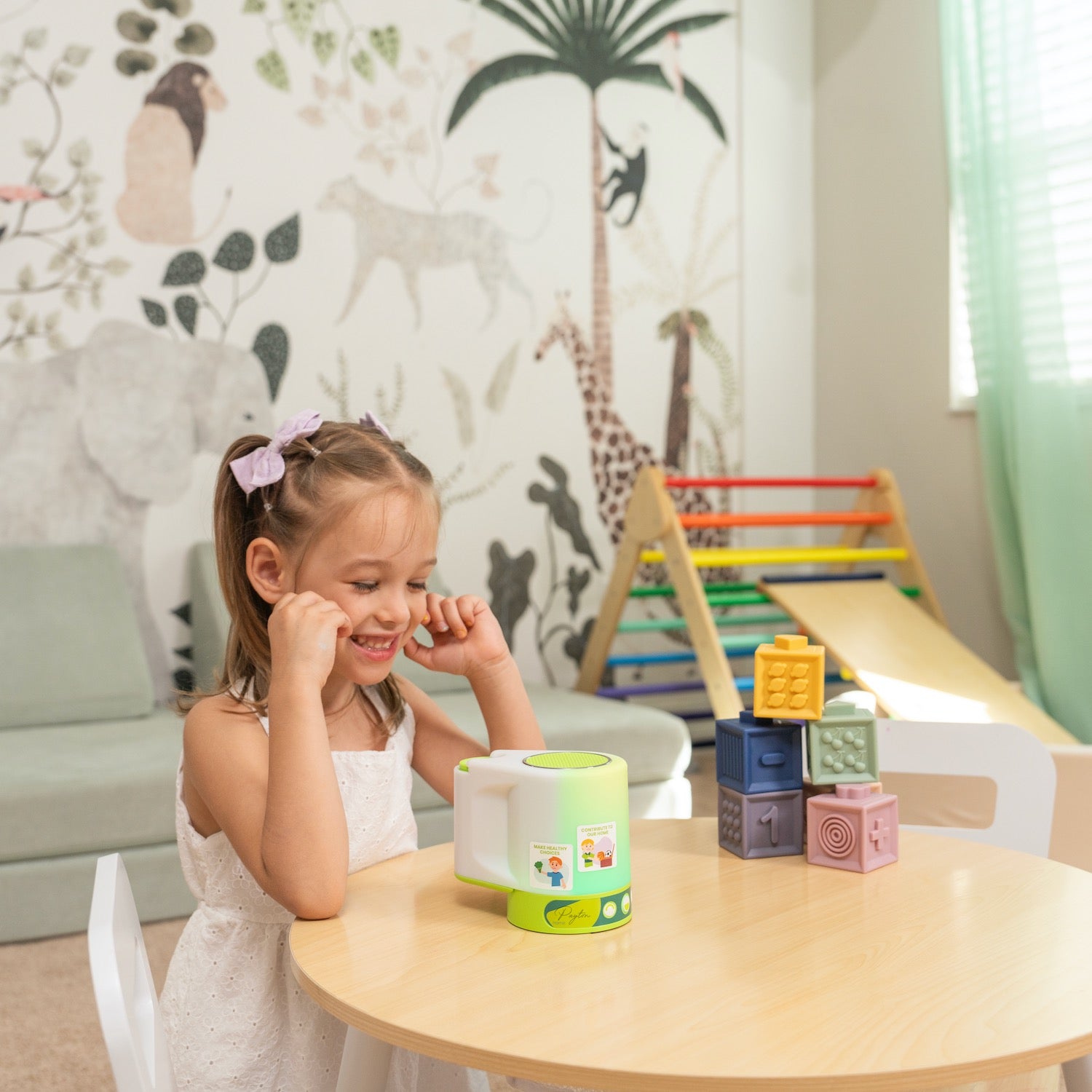
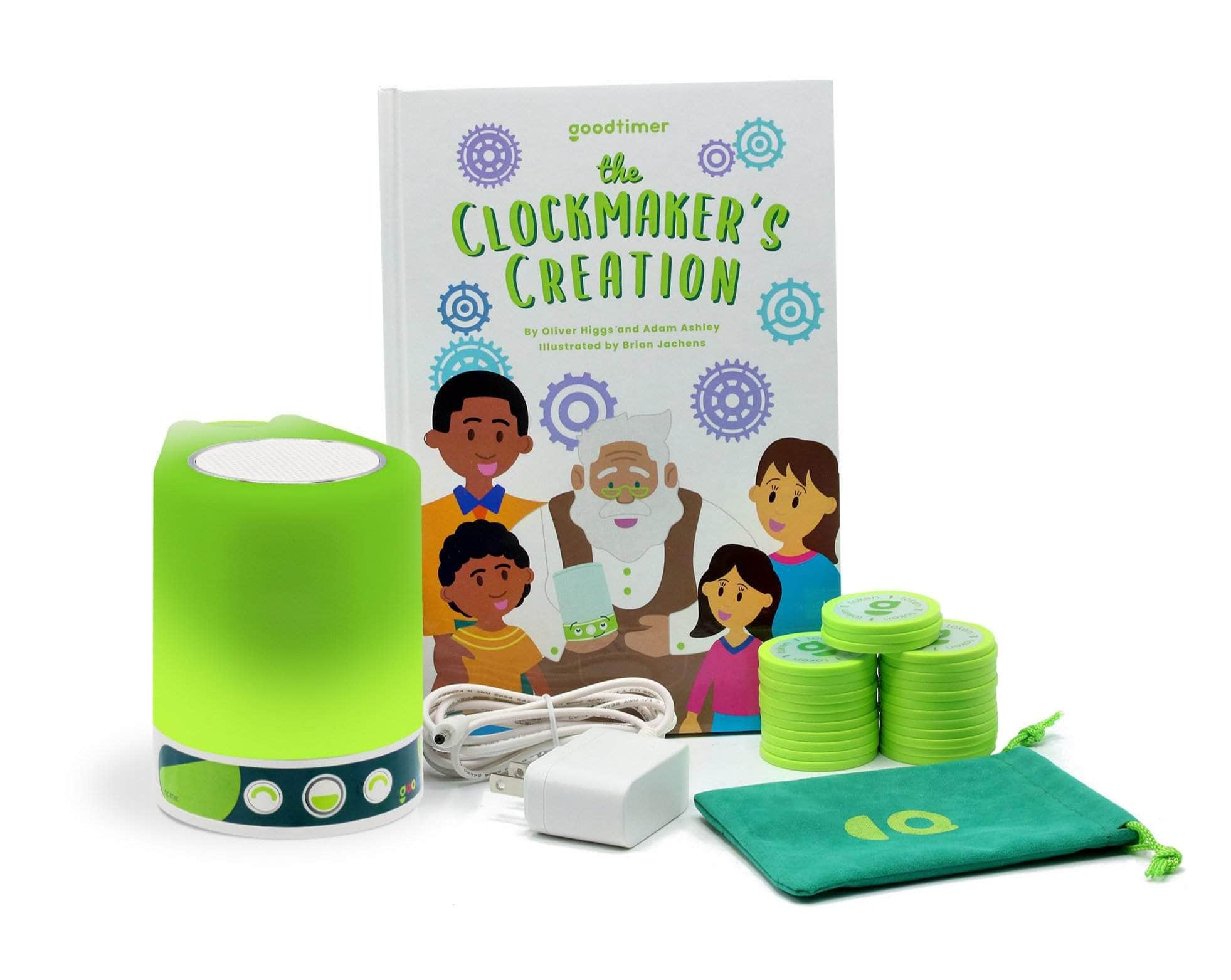
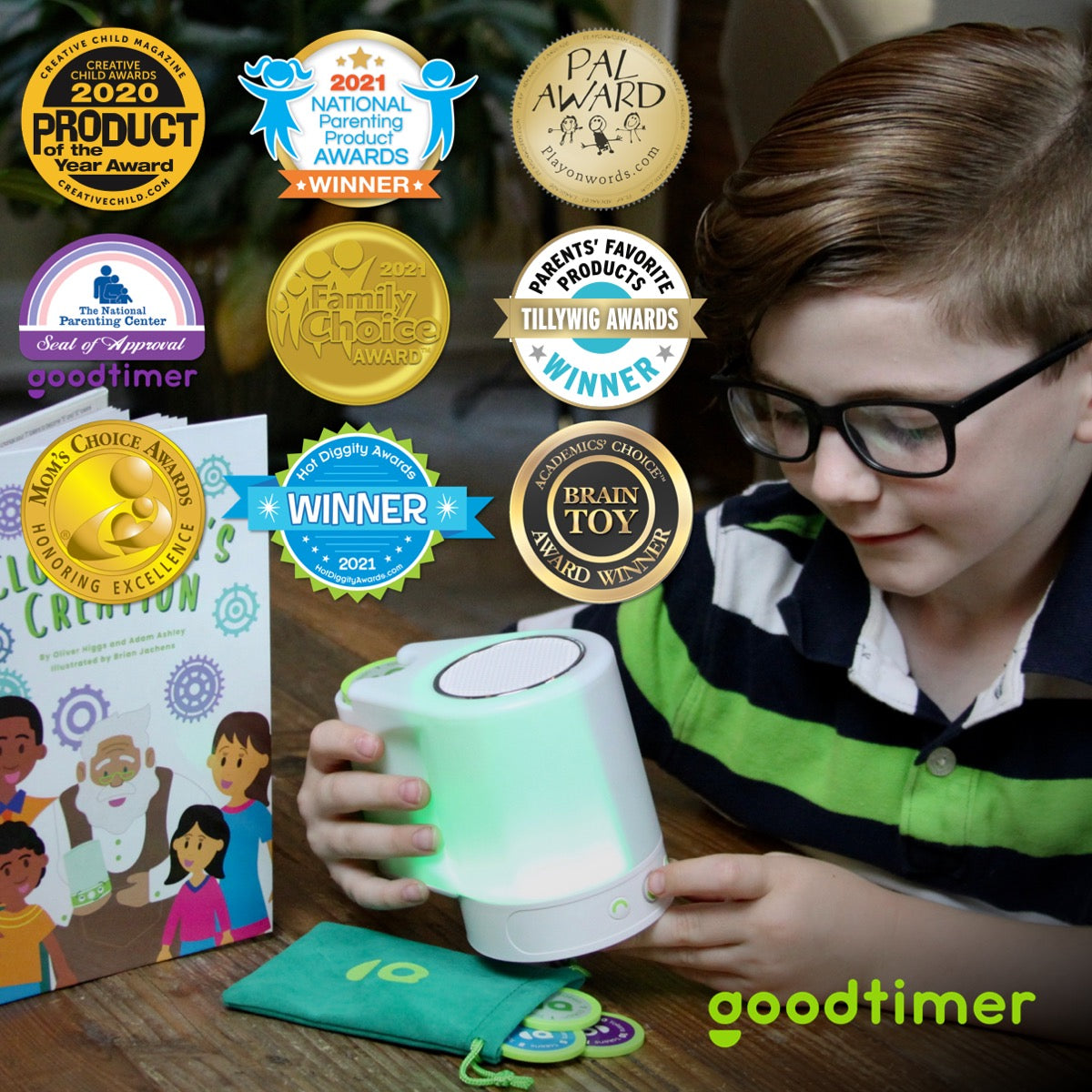
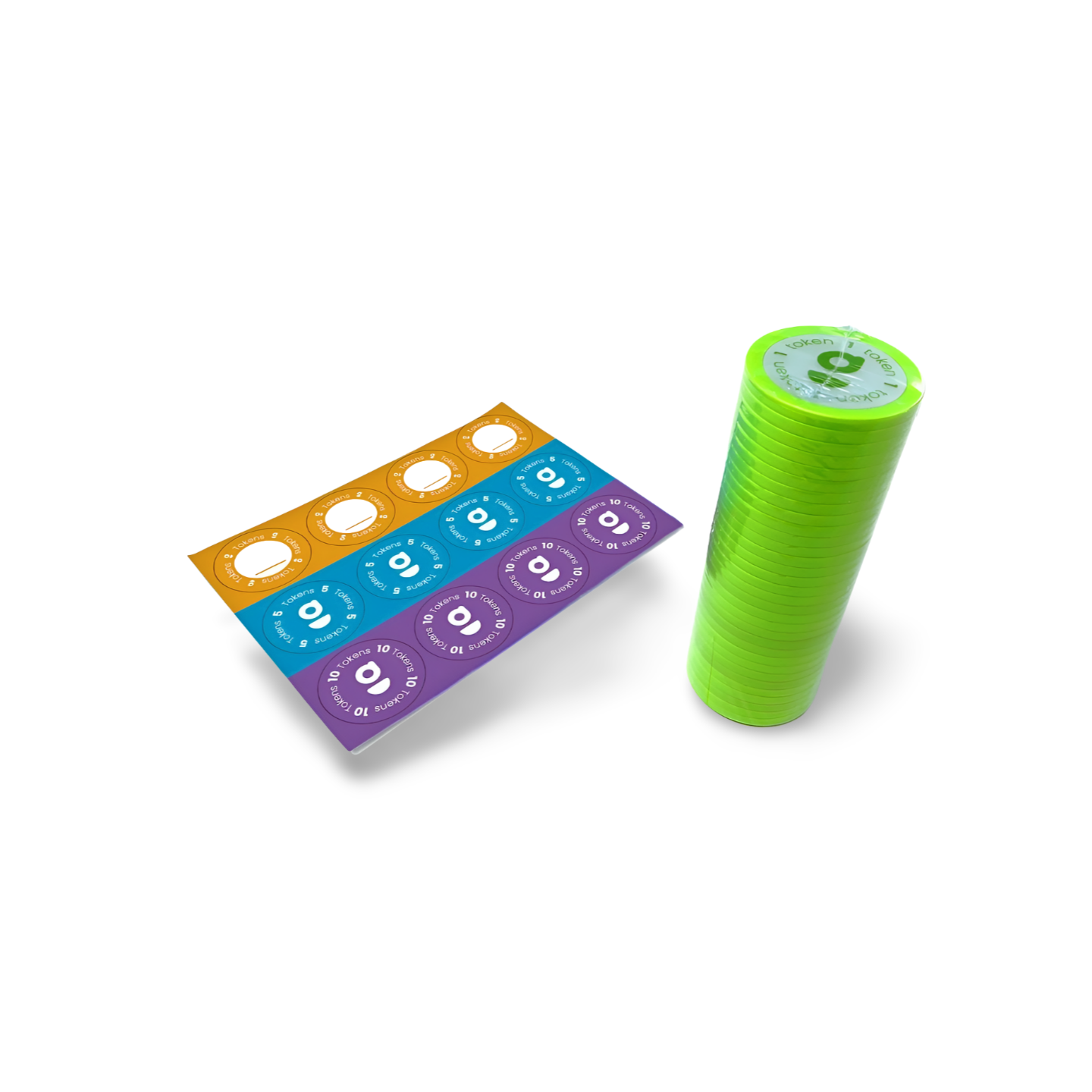

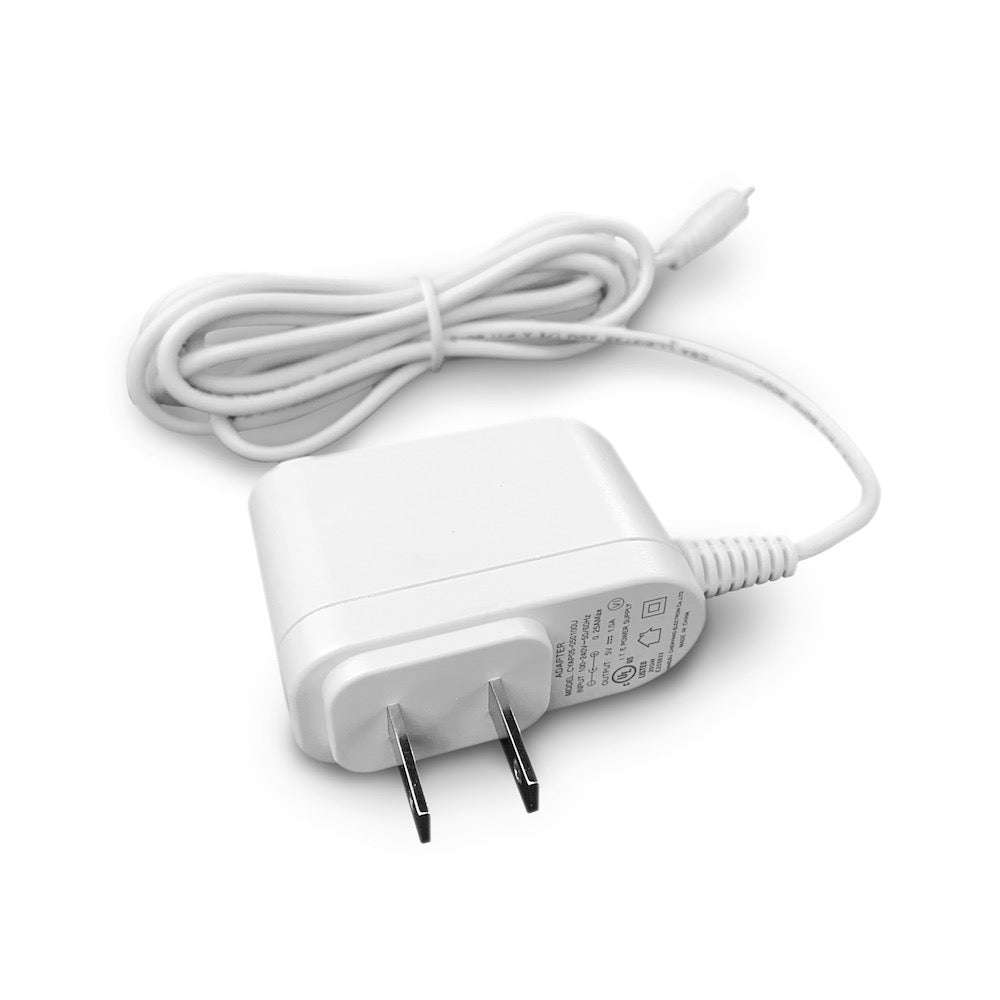
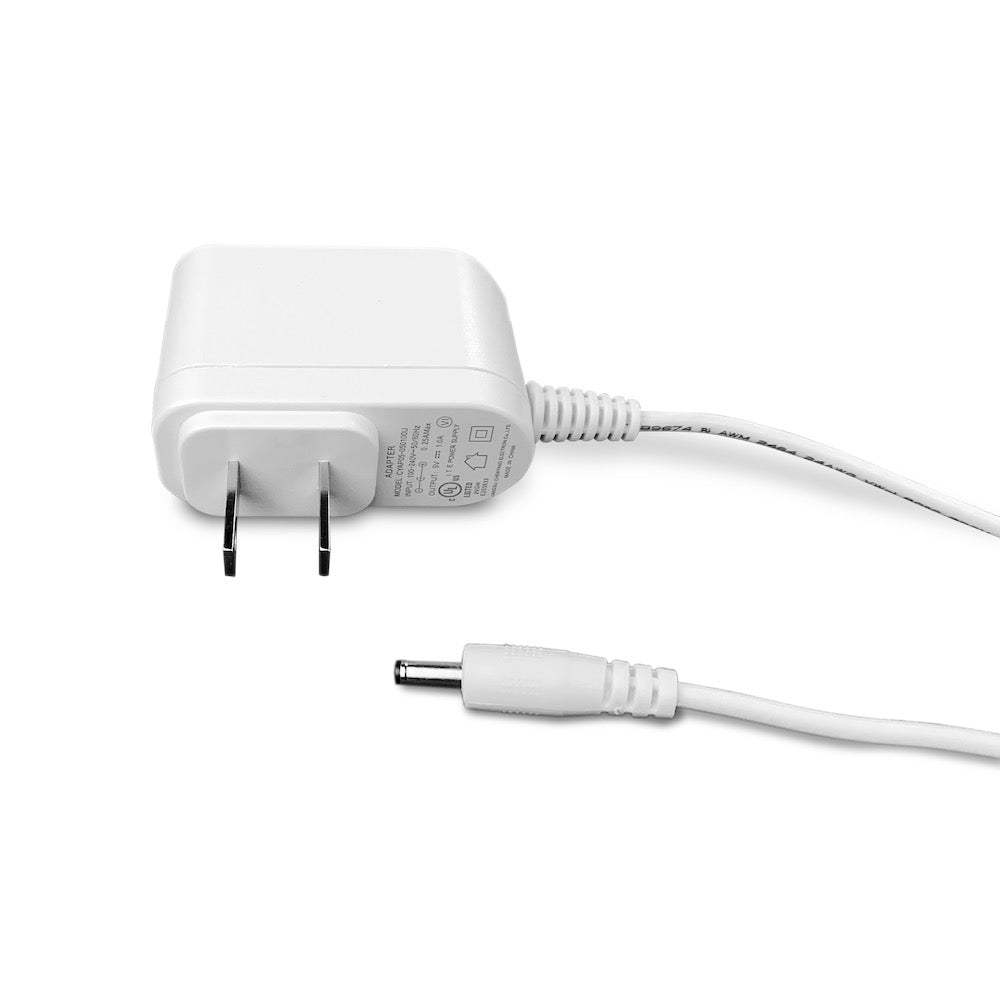
Leave a comment